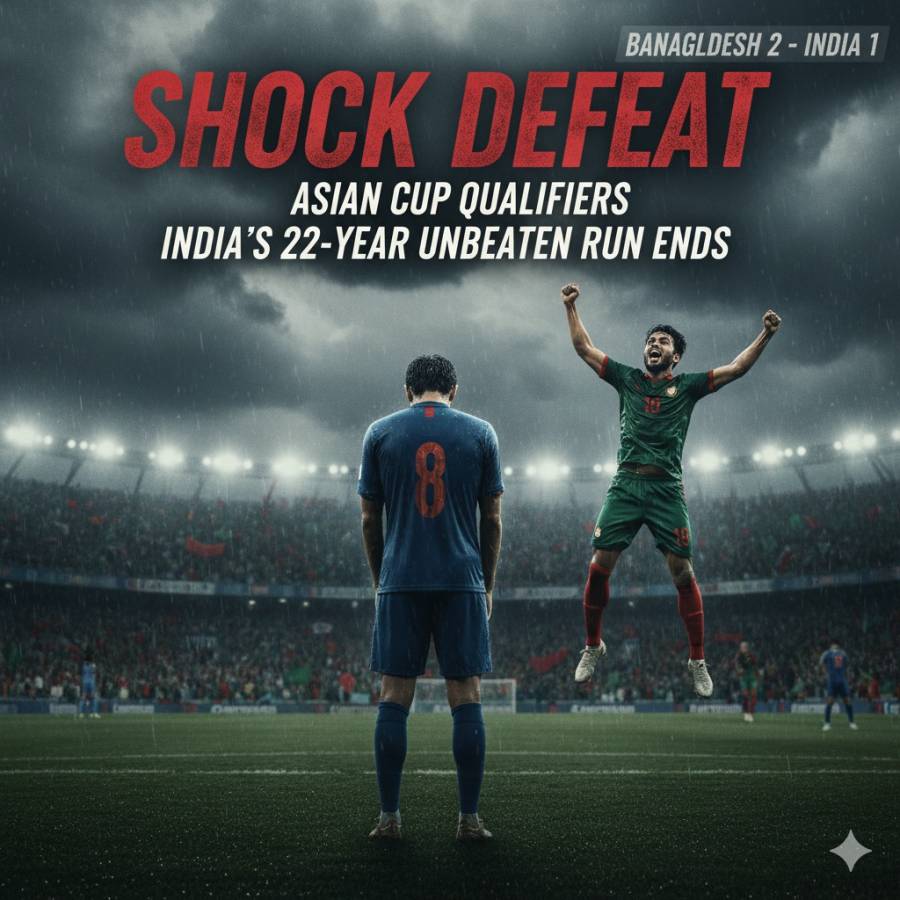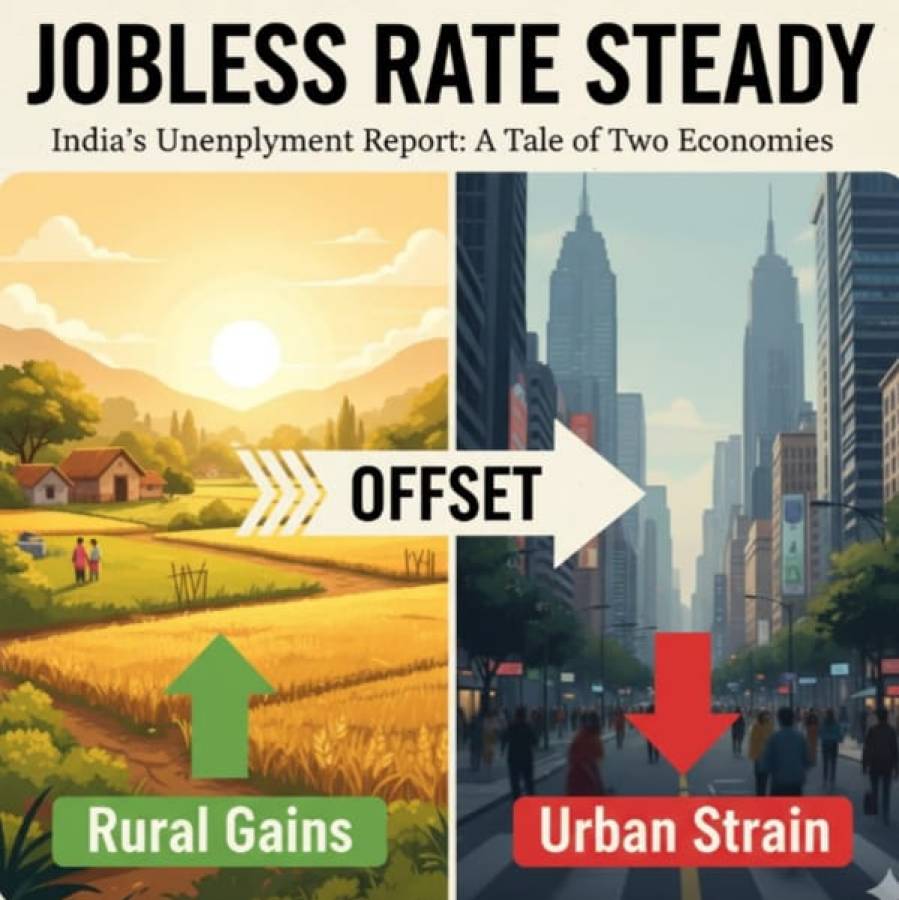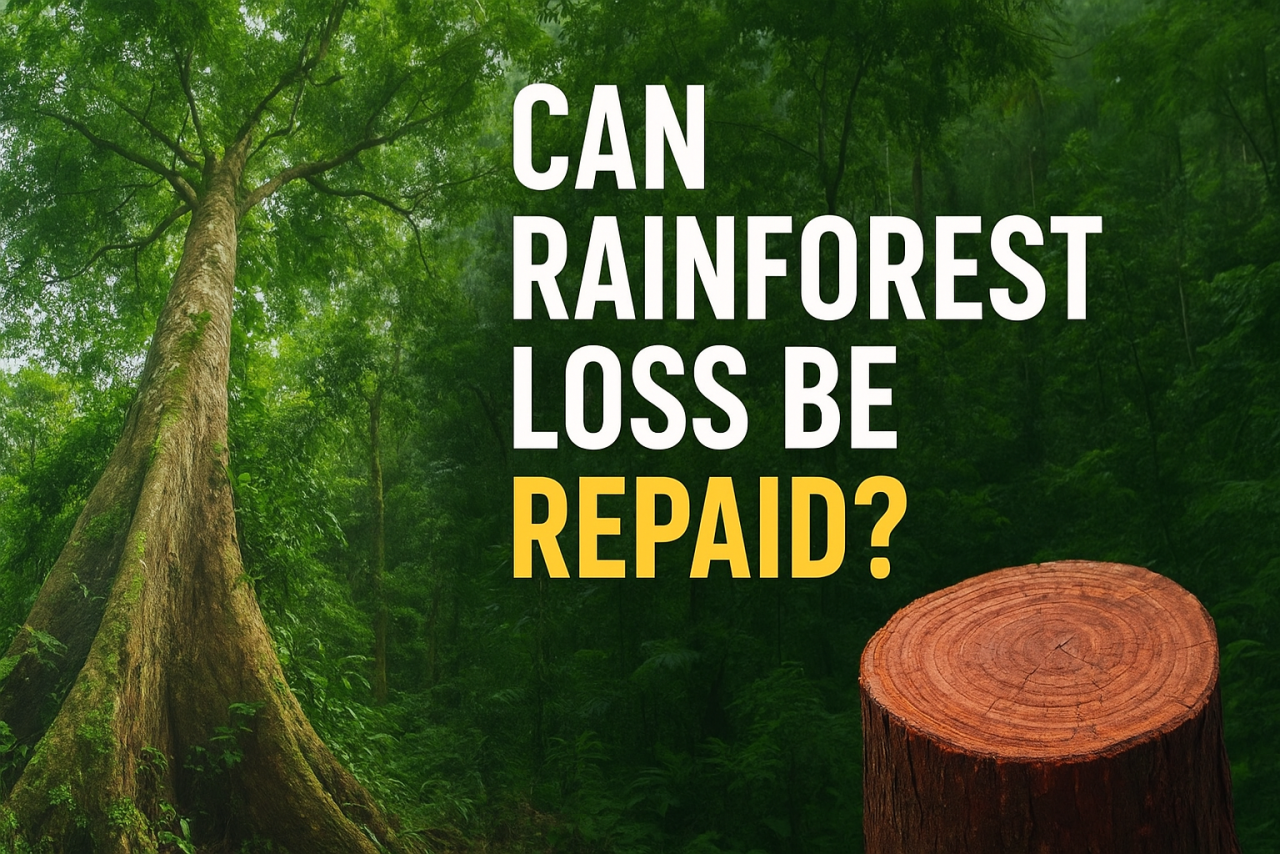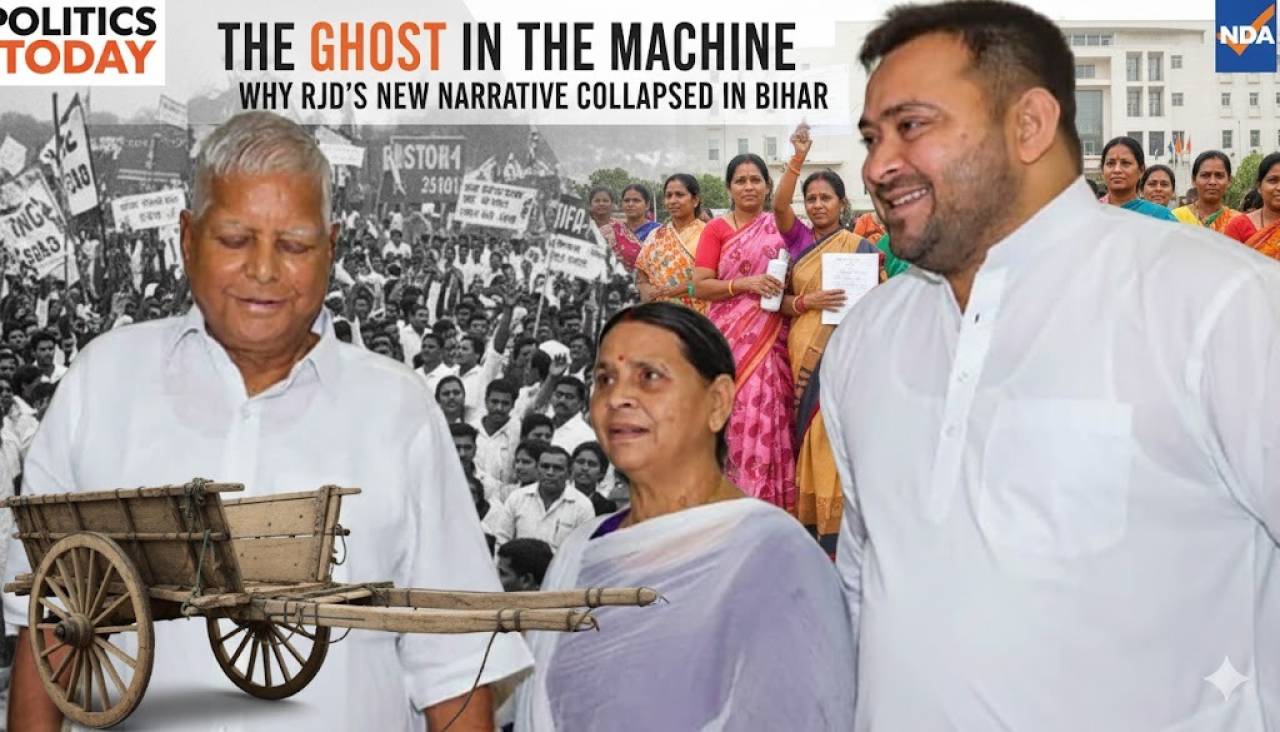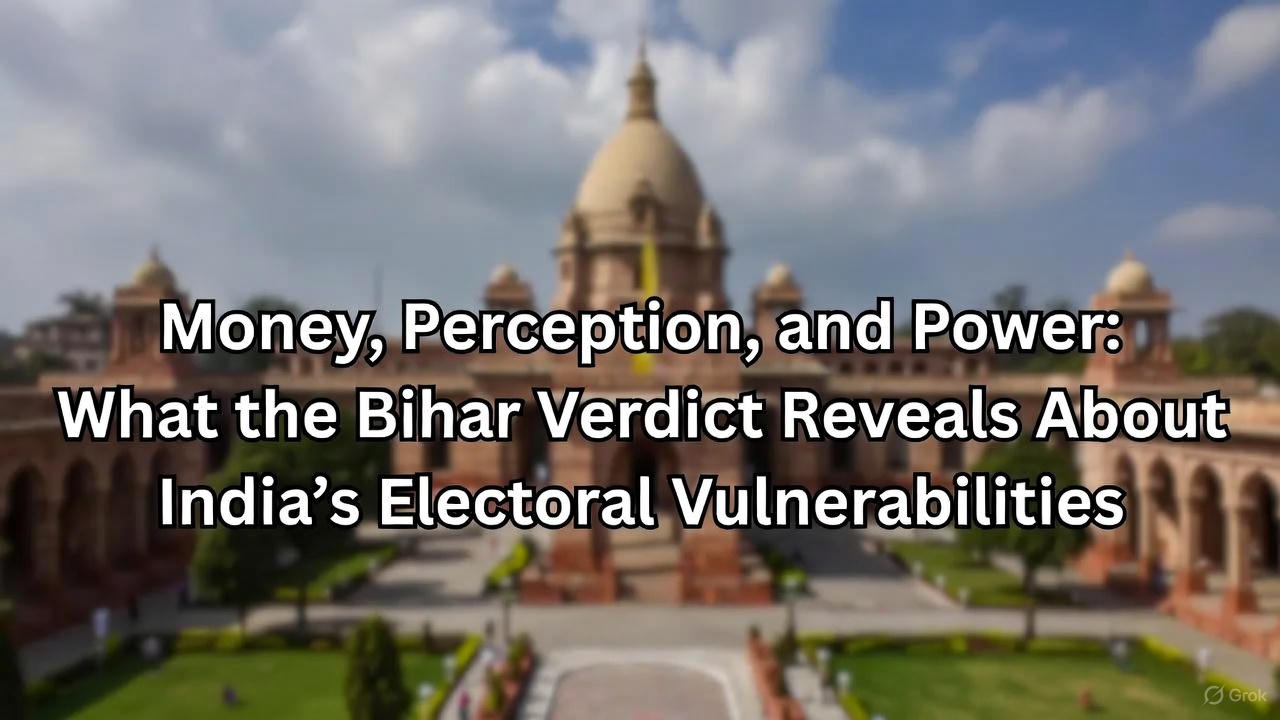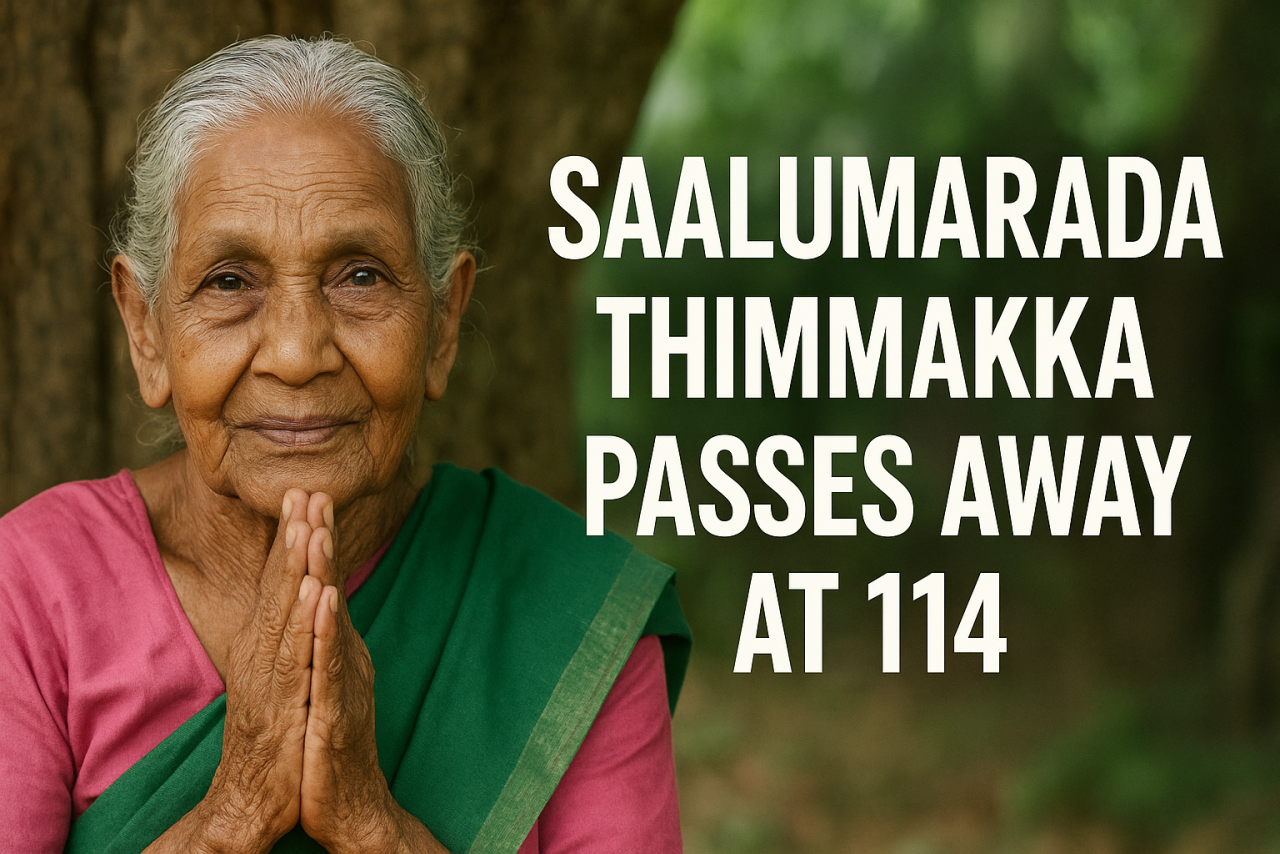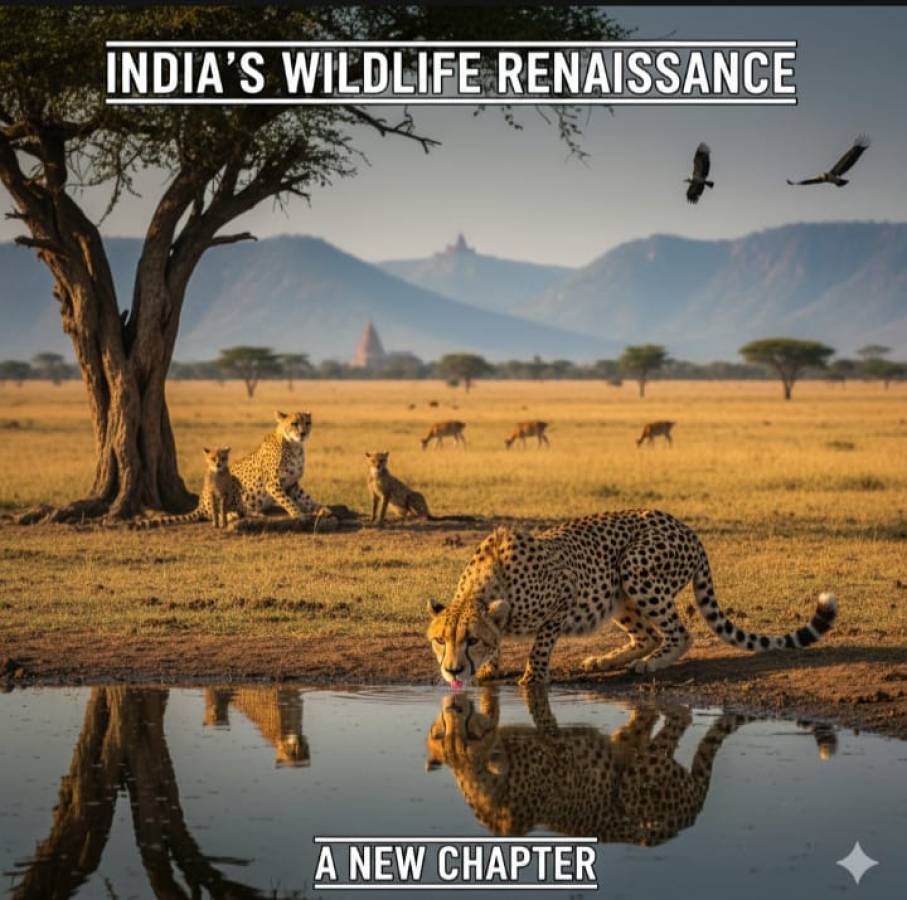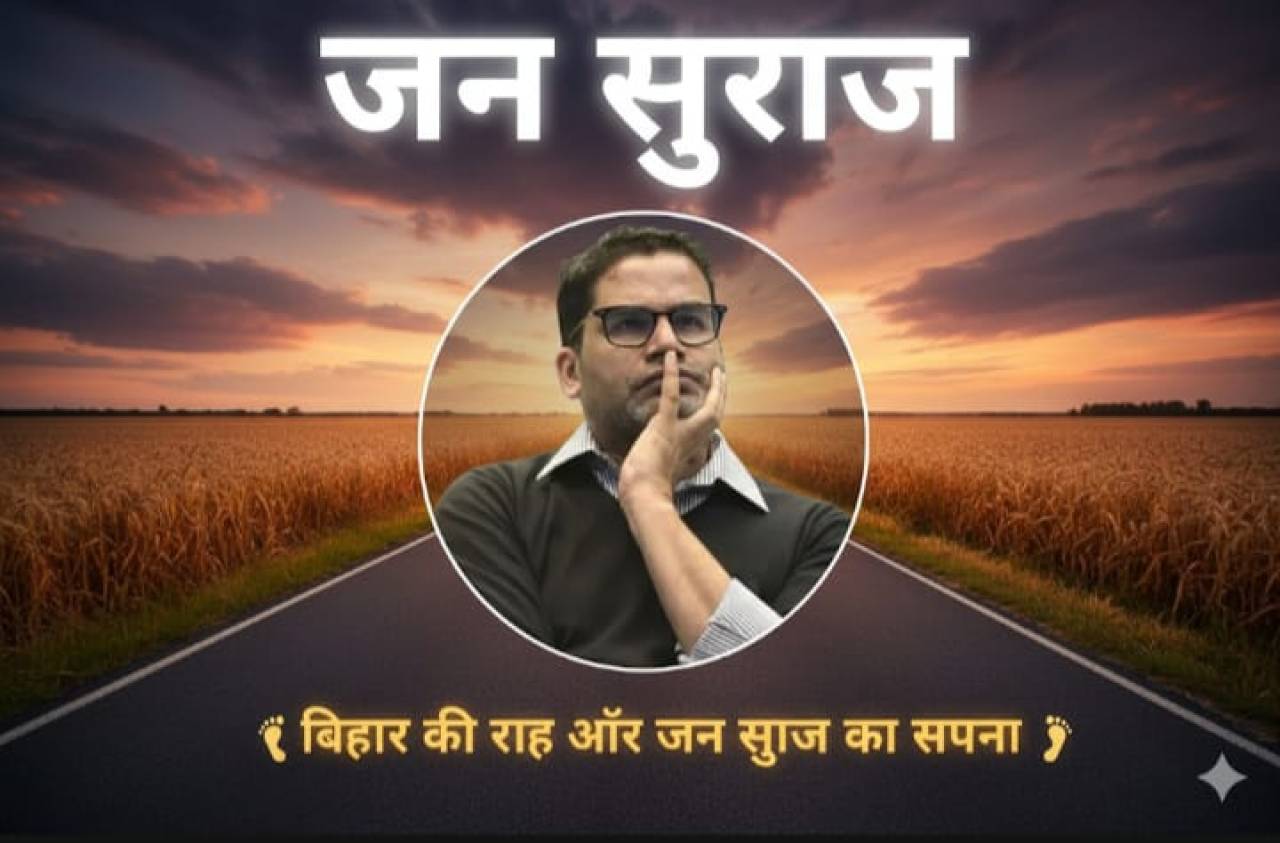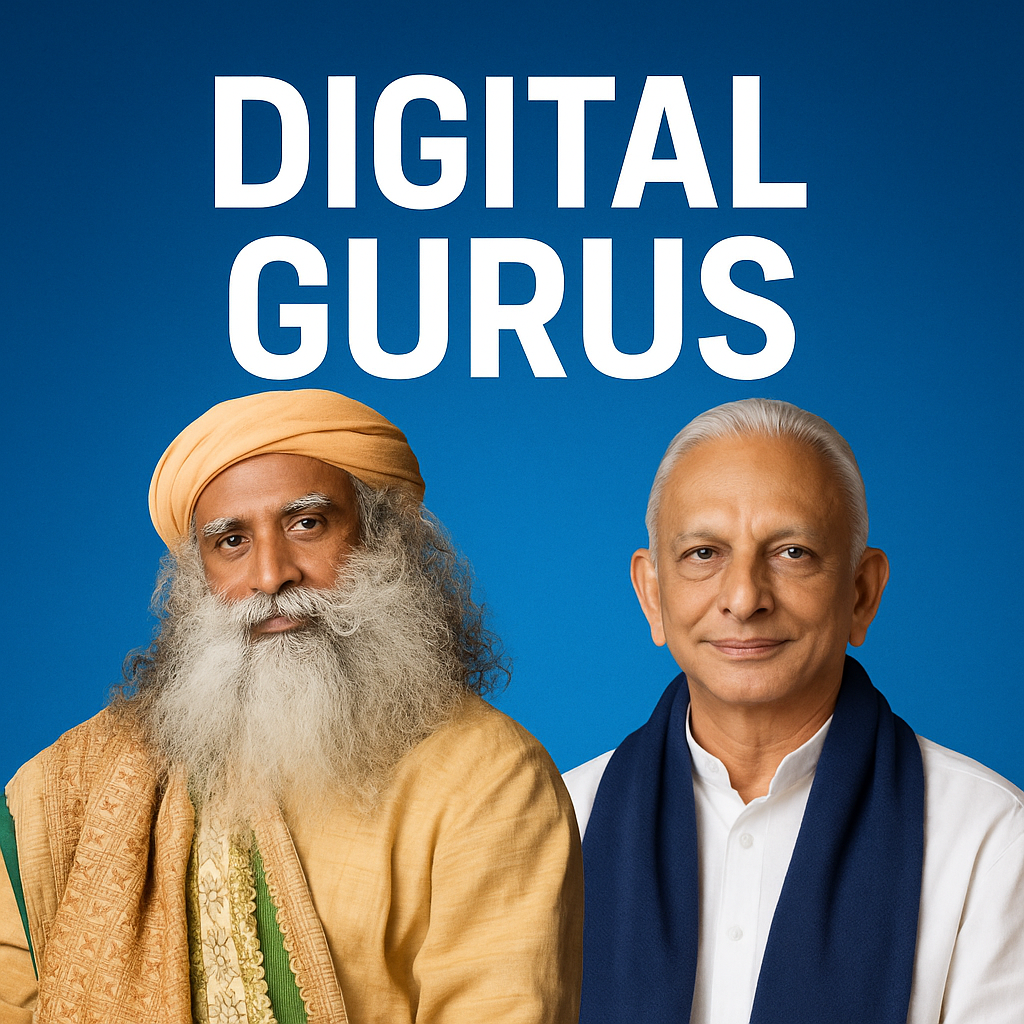
In a modest home in Kochi, a nurse on night duty listens to a recorded talk by Sri M before sleep. Across continents, a startup founder in Toronto joins a weekly livestream of yogic breathing with Sadhguru’s Isha Foundation. These two people may never meet or visit a traditional ashram, but they belong to a fast-growing virtual community reshaping India’s spiritual landscape.
Spirituality, once anchored in place and tradition, is now increasingly mediated through pixels and platforms. From guided meditations and chanting sessions to online gurukul-style courses, the business of inner peace is going global, digital, and scalable.
From Remote Retreats to Real-Time Reach
The spiritual teachings of Sadhguru, Sri M, and several other modern guides now travel faster than any disciple ever could. Sadhguru’s YouTube channel alone has over 12 million subscribers and clocks hundreds of millions of views annually. His Inner Engineering program, available online for a fee, draws thousands of participants each month from more than 100 countries.
Sri M offers livestreamed sessions, recorded classes, and online workshops that allow participants to interact directly or asynchronously from across the world. His teachings, rooted in silence and self-inquiry, are now structured into online lecture series accessible to global audiences.
This shift from footfall to fingerprint has widened access to spiritual teachings, especially among urban professionals, NRIs, students, and retirees looking for meaning in a hyperconnected world.
The Rise of the Spiritual Content Economy
According to a 2024 report by RedSeer Consulting, India’s spiritual and wellness content market, including apps, online courses, and video platforms, is projected to cross ₹25,000 crore (USD 3 billion) by 2026. A significant portion of this is driven by digital consumption—mobile applications, livestream events, subscription-based teachings, and spiritual influencers on YouTube and Instagram.
Several spiritual organisations now function with the precision of digital media startups. Content calendars are pre-planned, SEO teams optimise video titles, marketing teams run paid ads across platforms, and CRM tools monitor audience retention and engagement.
Courses like Isha’s Inner Engineering, Art of Living’s meditation series, or Brahma Kumaris’ online Raja Yoga training generate steady income through tiered pricing models—free access for basic content, charges for immersive experiences, and donations or merchandise at scale.
Some organisations even tie up with corporates to offer spirituality-based leadership training, wellness modules, and emotional intelligence programs. These partnerships reflect a growing recognition of spiritual tools as soft skills for the workplace.
Branding the Sacred
Spiritual teachers today not only guide seekers but also operate as strong personal brands. Their public image, digital tone, and even wardrobe are carefully curated for relatability and authority. Sadhguru's motorbike tours, sharp wit, and English fluency appeal to younger, global audiences. In contrast, Sri M retains a minimalist aesthetic that reflects quiet authenticity.
Most gurus now maintain cross-platform consistency. Their teachings are available on YouTube, Spotify, Telegram channels, and Instagram reels. They launch mobile apps with meditation timers, affirmations, and “daily wisdom” notifications. The tone varies, but the purpose is the same—creating ongoing digital relationships with seekers.
Some ashrams even track user engagement, sending follow-up messages or video suggestions based on previous course activity. This kind of personalisation, common in e-commerce and ed-tech, now finds its place in the spiritual economy.
Who Is Watching, and Why?
The digital devotee today looks very different from the archetype of old. They might be a Bengaluru-based software engineer attending an online pranayama session after a stressful day. Or a Canadian teenager exploring karma philosophy through short-form videos. The motivations range from mental health support to philosophical inquiry, from curiosity to crisis.
A 2023 KPMG report found that 64% of Indians aged 20–40 had consumed at least one form of spiritual or self-help content online in the past year. Most cited stress, burnout, or lifestyle imbalance as triggers for their interest.
The combination of low-cost access, anonymity, and variety makes digital platforms especially appealing. People can try different teachers, sample various schools of thought, and evolve their practice over time.
A Double-Edged Journey
However, the ease of access brings its own concerns. Not all digital gurus hold credible lineages or offer grounded advice. Some use the cloak of spirituality to promote pseudoscience, rigid ideologies, or self-branding efforts with little regard for ethics or depth.
Unlike physical ashrams, where disciples are often in close contact with teachers and Ashrams, the digital seeker may engage passively, without mentorship or community. This risks turning profound teachings into infotainment, with little transformative power.
Additionally, reliance on algorithms means people often get fed what they already like. True spiritual inquiry often involves discomfort, contradiction, and the willingness to be challenged—qualities not favoured by most platforms.
Blending Tech with Tradition
Despite the pitfalls, many spiritual leaders recognise the limitations of the medium and attempt to bridge the gap. Several online courses now include live components, feedback sessions, or optional in-person retreats. Some encourage offline Sanghas—local groups that meet regularly for collective practice.
Technology, in these cases, acts as a doorway rather than a destination. It brings people in but doesn’t stop them from seeking deeper experiences in the physical world.
Insightful Take
Digital ashrams have become the new sanctuaries for a generation that seeks clarity without quitting life. They reflect not a loss of tradition but a shift in its expression. As the spiritual market matures, the challenge will be to preserve integrity without sacrificing accessibility.
For now, the wisdom of the past flows through fibre-optic cables. The real test is whether seekers, having found the door, choose to step beyond the screen.


